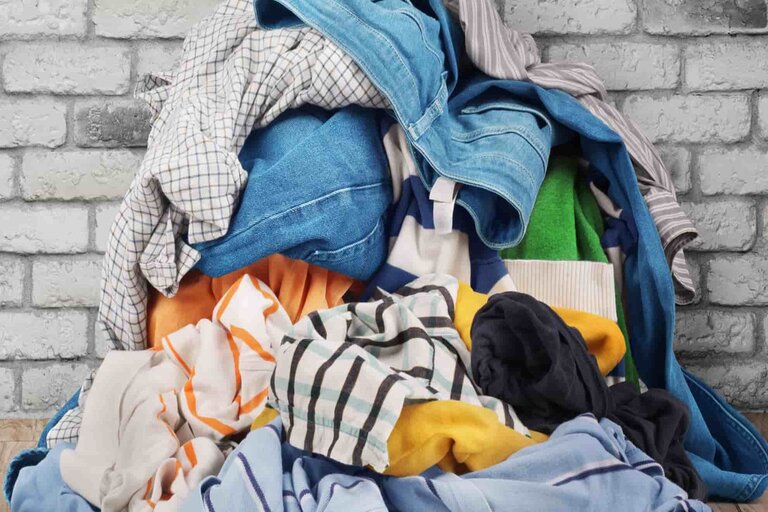Everybody Recycle Old Clothes has that heap of old clothing whether its torn t shirts faded trousers or outfits that dont suit their current fashion sense Why not give them a new life instead of throwing them in the trash or letting them gather dust In addition to being environmentally beneficial, recycling used clothing is also an innovative and economical method of waste reduction. In order to maximize your wardrobe and recycle old clothing, we’ll look at simple and effective ways in this tutorial.
What Types of Textiles Can Be Recycled?
Textiles that can be recycled typically either come from post-consumer or pre-consumer sources. Post-consumer textiles include garments, vehicle upholstery, towels, bedding, purses, and more. Pre-consumer textiles are by-products of yarn and fabric manufacture.
Before You Recycle Textiles:
Giving your old fabric items a second life does not require you to go straight to a textile recycler. You can donate or resell your textiles if they are in good condition. Give them to a recycler who can turn them into fibers to make a “new” item if they are not useable.
Resell:
Before they are recycled, think about selling your well-maintained textiles to thrift shops so that someone else can enjoy and appreciate them. You can sell your goods at the consignment or thrift store in your area. Additionally, think about selling them online via a trustworthy reseller such as eBay, Poshmark, or ThredUP.
Clothes, which make up the majority of textile waste, are easier to market as secondhand fashion gains traction.
Donate:
Numerous nonprofits have textile donation programs that will accept your used (but still usable) textiles to resell at the organization’s second-hand stores. Goodwill and Salvation Army are popular donation spots, but other nonprofits have similar programs. Check with your favorite charity to see if they can reuse or resell your textiles before you recycle them.
Even though they might not have a physical location, your neighborhood animal sanctuary or humane society can probably benefit from contributions of your used blankets and towels to help keep their animals cozy. Donations of clothing, blankets, and other textiles are also frequently accepted by shelters and other groups that assist the homeless people.
Brand Take-Back Programs:
Some brands, like Nike and Patagonia, have take-back programs that allow customers to send in their used textiles of that brand for recycling or resale, depending on the quality.
After you clean out your closet and linen cabinet, look at the brands of your items and check with them to see if you can send them back. Some companies will send you a prepaid shipping label to make the process even easier.
Exportation Programs:
In underdeveloped nations, used clothing is frequently in high demand, particularly following a catastrophic natural disaster. Many of the organizations, such as Goodwill and Salvation Army, to which you may donate your used textiles in any case, give some of the textiles they receive to underdeveloped nations.
Other organizations have similar programs but accept specific items, like the organization Free The Girls, which accepts donations of bras for sex trafficking survivors in El Salvador, Mozambique, and Costa Rica to sell themselves at second-hand markets with the goal of becoming financially independent.
Textile Recycling:
You can not just throw your used fabrics in the recycling bin since, regrettably, very few curbside pick-up recycling services in the United States accept textiles. You will have to take them straight to a donation center or recycler, who will take care of it for you.
Consider recycling your used textiles if they aren’t in good enough condition to resell or donate. If you aren’t sure, you may still be able to donate them to a thrift store or consignment shop—many will ask for your consent to recycle anything they can’t resell.
Many organizations and recyclers will take your used clothing and textile items to recycle them and turn them into a new item. Examples of items made from recycled textiles are:
- Automobile cushions
- Insulation
- Paper
- Wiping cloths
- Carpet padding
- Baseball filling
- Pillow stuffing
- Pet beds
Compost Natural Fabrics:
If your old clothes are made from natural fabrics like cotton, wool, or linen, and are beyond repair, you can compost them. These materials break down naturally, making them a great option for composting.
“However, avoid synthetic fabrics like polyester or nylon, as they don’t decompose. Before adding natural fabric to your compost bin, remove any buttons, zippers, or other non-compostable items. Shred the fabric to speed up the composting process.”




